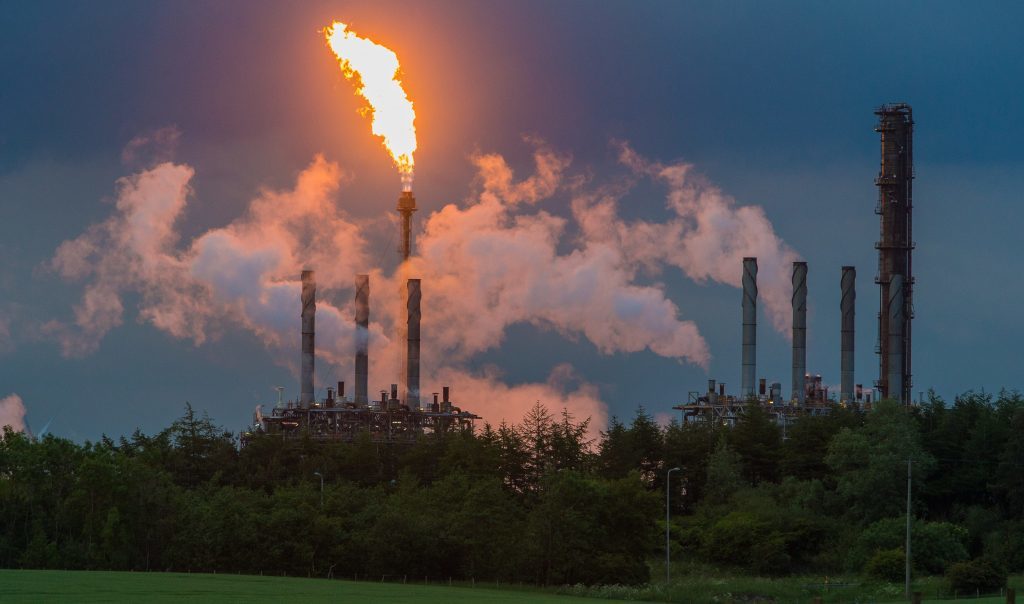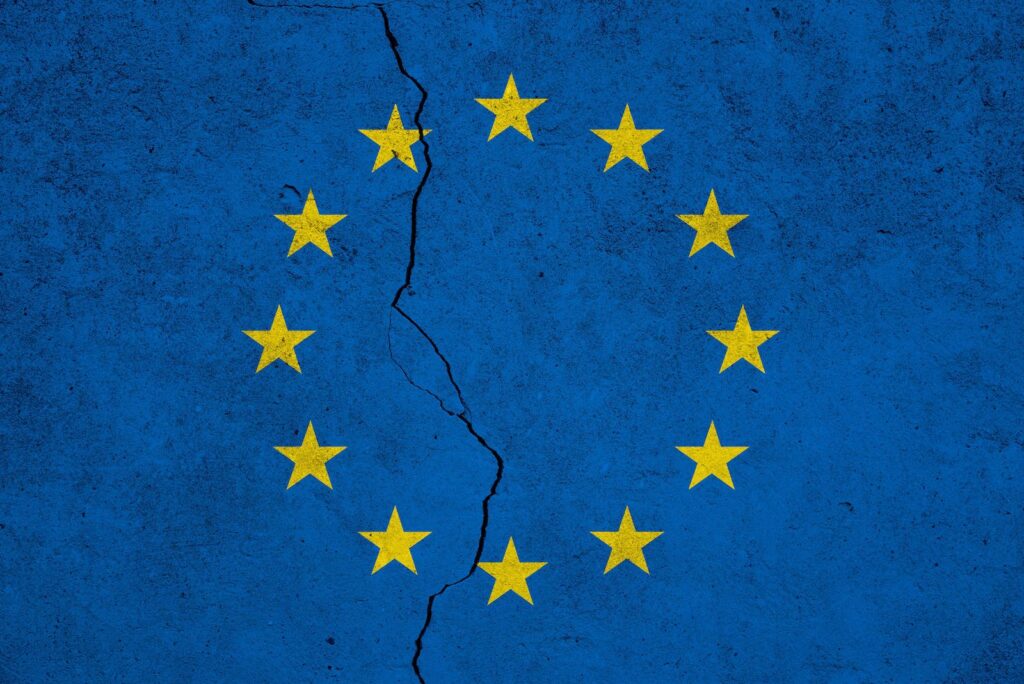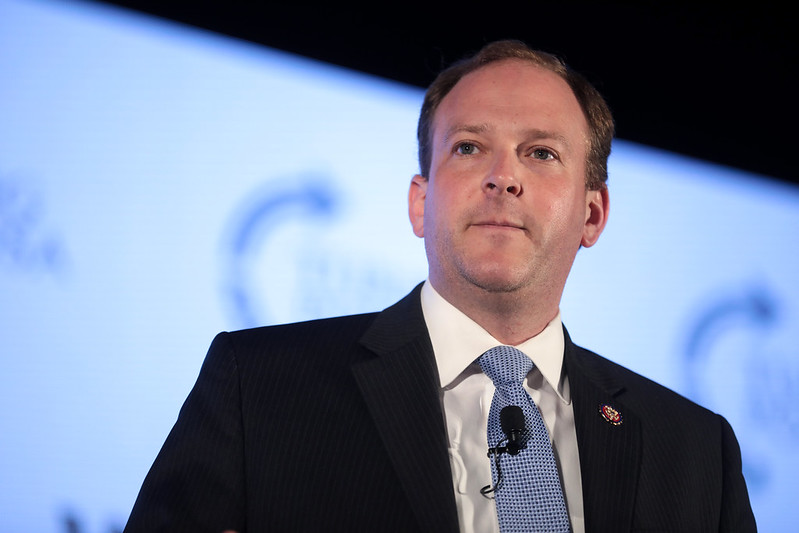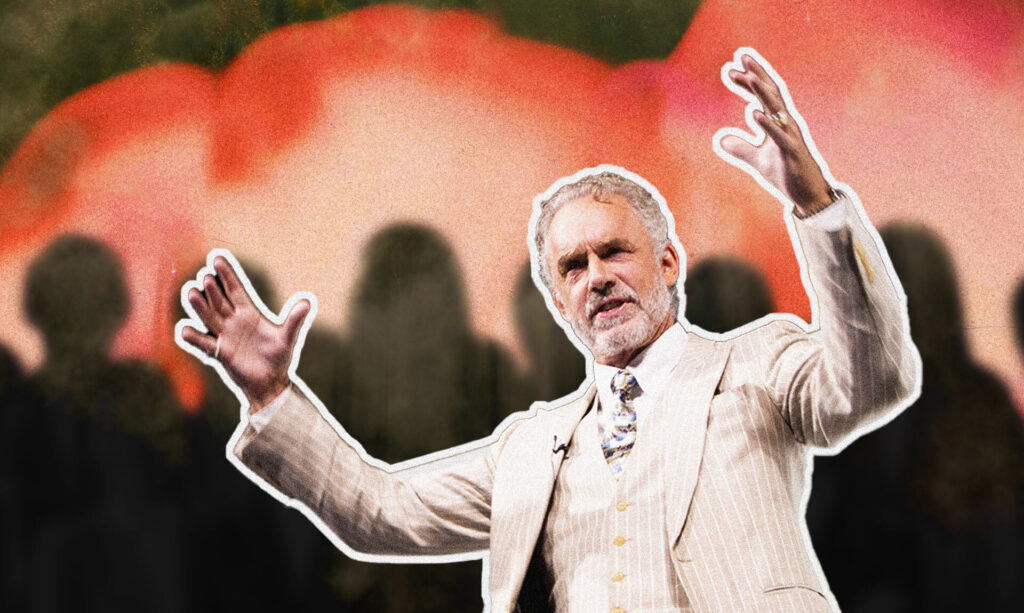By George Kerevan for Bella Caledonia
The beginning of February 2020 saw a repeat of intense flaring at the Shell-Exxon petrochemical complex at Mossmorran, near Cowdenbeath in Fife, lighting up the night sky like bright sunshine and pumping carbon dioxide into the atmosphere in vast quantities.
A damning Scottish Environment Protection Agency (SEPA) report in November 2017 listed Mossmorran as the third biggest emitter of carbon dioxide in Scotland (after INEOS at Grangemouth and the now-closed Longannet power station).
Like what you’re reading? Support DeSmog by becoming a patron today!
At that point, the plant hit a 14-year high for carbon dioxide emissions, unnecessarily pumping 885,580 tonnes of greenhouse gasses into the atmosphere. Shell’s separate operation at Mossmorran added another 200,000 tonnes of carbon dioxide, taking the total to 1.1 million tonnes.
That suggests that, as Scotland missed its 2017 emissions target by 2 million tonnes, half of that failure is down to Shell and Exxon at Mossmorran.
Flaring occurs when the run-down plastics-making plant malfunctions and its natural gas feed from the North Sea has to be burned off into the atmosphere. The 2017 SEPA report showed that carbon dioxide emissions from the Mossomorran plant had risen more than 25 percent in just four years, due to the plant’s boilers becoming obsolete and constantly breaking down, resulting in the gas supply being flared off.
This results from years of inadequate investment in the plant by its corporate owners, Shell and Exxon. Both companies are desperate to sell their local onshore and offshore assets and reinvest in more lucrative energy developments elsewhere on the globe.
SEPA claims that air quality and other standards are not being breached in the latest flaring episode. The agency also claims that it has forced Exxon to upgrade the plant to reduce breakdowns. Indeed, says the recent flaring is a by-product of the upgraded plant being returned to full operation.
Local residents are aghast at what they see as a completely inadequate response by the regulator.
But just what is SEPA? A little digging shows the agency has close ties to corporations with an interest in keeping Mossmorran, Shell and Exxon profitable – no matter the local or environmental cost.
Big Oil and the SEPA board
Critics argue that if Scotland is to meet its climate change targets, SEPA needs to be reformed, with its pro-big business board replaced.
Nicola Gordon, who joined the board in January 2018 (just after that damning SEPA report on Mossmorran), spent over three decades with Shell, where she led teams running the giant Brent field and also Norway’s Ormen Lange development, which still supplies 20 percent of UK gas demand.
Today, she is chair of the Scottish Energy Forum, which brings the energy industry together to plot strategy. Her SEPA register of interests acknowledges she still holds shares in Shell.
Read more – ExxonMobil Accused of Covering Up Two Explosions at Mossmorran Chemicals Plant
Gordon’s presence on the SEPA board represents a potential conflict of interest – especially regarding events at Mossmorran. The Fife plant lies at the heart of Shell operation in Scotland and the North Sea. It receives natural gas liquids via a 220km underground pipeline from the Shell St. Fergus Plant near Peterhead, which processes gas from the UK and Norway. The Mossmorran complex separates these liquids into commercial products – propane, butane, ethane and gasoline – and exports them via the Braefoot Bay Marine Terminal to international customers.
Also on SEPA’s board is Nick Martin, formerly Head of Corporate Development at The Weir Group PLC in Glasgow.
Martin is credited with transforming Weir Group into a global engineering conglomerate, which in a decade saw the company’s market value increase eightfold.
Weir Group is now Scotland’s largest industrial company. Martin’s key strategy was to position Weir Group as a major supplier of pumping equipment in the US fracking industry and become the world’s premier supplier of this technology.
Fracking releases methane, the most virulent destructive greenhouse gas. Methane doesn’t stay in the atmosphere as long as carbon dioxide, but while it’s up there it traps heat at roughly 84 times the rate of carbon dioxide. Around 25 percent of current global warming is caused by methane.
Read more – ExxonMobil Gets ‘Final Warning’ from Scottish Regulator Over Plastics Plant Flaring
The chair of SEPA since 2016 is Bob Downes. He is a former senior exec at BT and architects Conran-Roche. Downes is a specialist on using big data for corporate purposes.
Between 2012 and 2017, he was chair of an Edinburgh-based company Global Surface Intelligence (GSI). GSI uses real-time satellite and drone intelligence products “to answer questions about the state, condition, value and sustainability of both natural and man-made assets anywhere in the world”. GSI can map your forest assets including canopy height, tree species and “merchantable volume”.
Julie Hutchison, from Aberdeen Standard Capital, the discretionary investment arm of Aberdeen Standard Investments (ASI), is also on the SEPA board. The company is registered in tax haven, Jersey. ASI offers investors participation in Exchange Traded Funds (EFT
Why does this matter? Because SEPA is conducting a fresh investigation into unnecessary flaring and other violations at Mossmorran. This investigation was meant to be completed by November 2019, but three months on nothing has been published. Despite some light SEPA admonition last August, the plant continues to pump carbon dioxide into the Fife sky. There is also a need to reform SEPA. Critics say SEPA’s board should be cleared of corporate representatives and restructured, and the new SEPA should be given powers to directly prosecute and fine companies that break environmental regulations – powers England’s Environment Agency already has. Back in 2017, Environment Secretary Roseanna Cunningham turned down a request from Labour’s Alex Rowley for an independent investigation into Mossmorran, on the dubious grounds that she “must remain distant” from questioning regulatory decisions made by SEPA, because ministers might have to take a role in any subsequent appeals. Three years on – with the flaring still taking place – such political insouciance is straining public confidence. Main image © Bella Caledonia Fresh investigation
Subscribe to our newsletter
Stay up to date with DeSmog news and alerts







